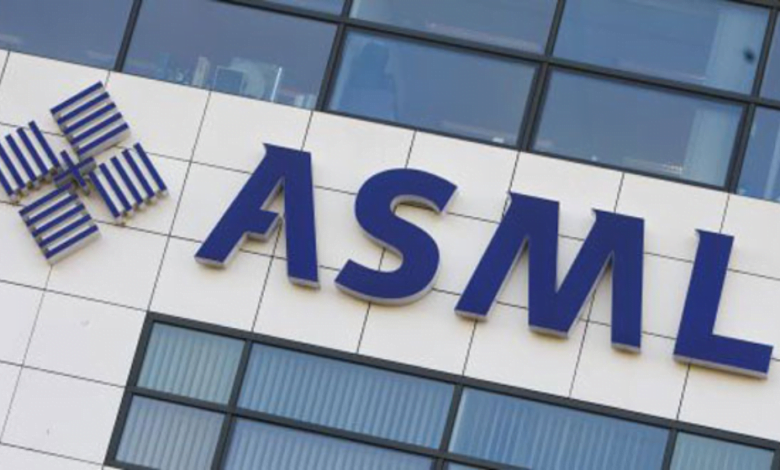
Investors predict ASML capitalization growth to $500 billion in 2022
According to two technology investors, next year, the market value of ASML(AMS), a Dutch company that manufactures high-tech equipment for the production of semiconductors, will grow from $ 302 billion to more than $ 500 billion.
Nathan Beach, founder and general partner of the venture boutique Air Street Capital, and Ian Hogarth, who sold his artificial intelligence startup Songkick to Warner Music Group,
wrote in their annual State of Artificial Intelligence report on Tuesday that Europe’s largest technology company is a little-known “pivot” of the global semiconductor industry.
Founded in 1984, ASML provides chip manufacturers with the necessary hardware, software, and services for silicon deposition using lithography.
It is the only company globally that produces machines for lithography in the extreme ultraviolet, which is necessary for TSMC to manufacture the most minor and most complex chips.
Each EUV production line consists of more than 100 thousand parts and costs $ 150 million—they are in 40 cargo containers or four giant jet planes.
The stock prices of several chip companies rose sharply after the coronavirus pandemic led to a global shortage of chips, but the ASML stock price still has room for growth.
He said that the market capitalization of ASML differs from the same scale as Nvidia or TSMC because it is in Europe, where the market values high-tech companies slightly lower and because of its technologies.
“As people are looking for alpha when investing in this trend where semiconductors are becoming more and more critical to global supply chains, this (ASML) seems like an obvious candidate,” Hogarth said.
The growth of ASML will be by the desire of some countries to manufacture their chips and reduce their dependence on other countries. The vast majority of chips in the world are in Asia.
“If China is going to build an analog of what TSMC or some of the leading American semiconductor companies have today, they will need to buy a lot of such (EUV) machines,
” Hogarth said, “so the more countries consider this technology part of their key sovereignty, will sell the more machines .”
Last month, ASML said it expects sales to boom over the next decade. The company believes that by 2025, annual revenue will amount to 24-30 billion euros ($ 28-35 billion), and gross profit – from 54% to 56%. The forecast is significantly higher than the previously predicted 15-24 billion euros.
“We see significant opportunities for growth after 2025,” the company said, adding that in the period from 2020 to 2030, they expect annual revenue growth of about 11%.
ASML said that “global megatrends in the electronics industry” combined with a “highly profitable and extremely innovative ecosystem” are expected to continue fuel growth in the semiconductor market.
He added that the growth of semiconductor markets and the “growing intensity of lithography” are driving demand for his products and services.
Over the past 12 months, the price of ASML shares on the Amsterdam Stock Exchange has risen from 328 euros to 646 euros last Friday, reaching a peak of about 753 euros on September 23.
In a note to investors dated September 28, New Street Research analysts argued that “half-cap expectations are high” and that ASML has “limited” growth potential in 2022 as it is “hampered by supply constraints in EUV.”
The company has a positive five-year outlook for ASML, but at the moment, it has “tactically” downgraded the rating of the shares to “neutral.”
In other countries, UBS also maintains a neutral rating on ASML shares. In a note to investors dated September 29, analysts at the investment bank said: “We remain deeply convinced of ASML’s growth potential in the medium term, but… it is difficult for us to see a convincing upside potential for the stock in the 12-month term.”
Hogarth said that, in his opinion, analysts ignore the “geopolitical dimension” and do not recognize how much money countries spend on strengthening their sovereignty when it comes to semiconductors.
Last year, Beach and Hogarth predicted that regulators would block Nvidia’s British chip developer Arm acquisition. Shortly after they made their prediction, regulators worldwide announced a series of investigations into the deal, which are still ongoing.
This year, they also predict that there will be a “wave of consolidation” in the AI semiconductor industry when “at least one of Graphcore, Cerebral, SambaNova, Groq or Mythic will be acquired by a major technology company or a major semiconductor company.”
They also believe that Alphabet’s DeepMind artificial intelligence lab will make a “major research breakthrough in the field of physical sciences.”